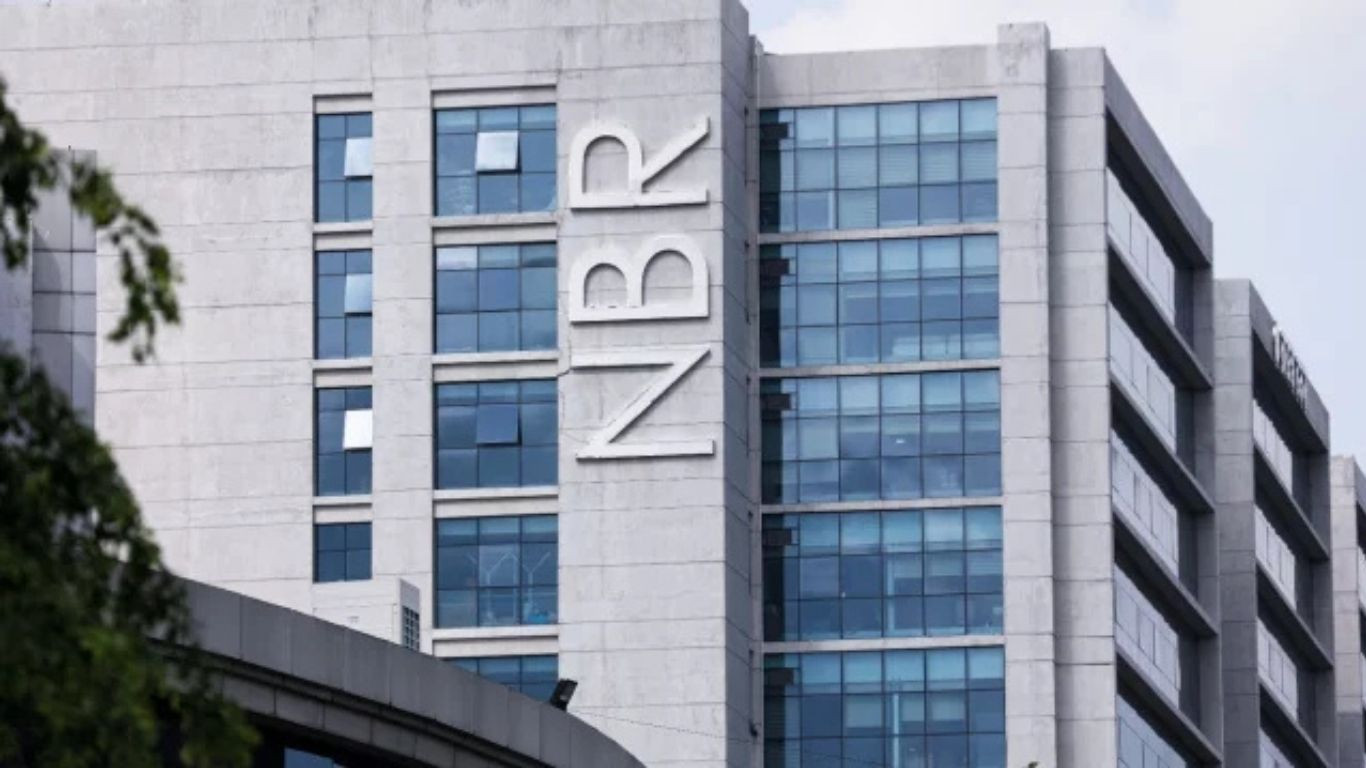YOUTUBE PURGE OF AI BOLLYWOOD CLIPS EXPOSES NEW BATTLE OVER DIGITAL LIKENESS

Deepfake-style videos with millions of views vanish overnight
Hundreds of AI-generated Bollywood clips have quietly disappeared from YouTube after a wave of takedowns, highlighting rising tension over how platforms handle deepfake-style content. The removed videos, which together had racked up around 16 million views, used generative tools to recreate famous actors in synthetic song sequences, remixed film scenes and fantasy scenarios. Many copied the look and feel of big-budget productions while inserting new storylines or suggestive imagery. Their sudden disappearance followed fresh attention on a high-profile legal fight by a celebrity couple seeking to protect control over their image in the age of AI.
For some viewers, the clips had been harmless curiosities—fan experiments that blurred the line between tribute and parody. Others worried that such footage could easily cross into harassment or misinformation, especially if edited scenes were circulated without clear labelling. Producers and performers say the sheer scale of the purge confirms that there is now a sizeable shadow market for AI-assisted remixes that trade on the faces and bodies of real stars. Traditional copyright takedowns often focus on specific frames or soundtracks; here, the core problem is the unauthorised simulation of a person’s likeness rather than reuse of original footage.

Platforms, policy and the future of celebrity control
YouTube has rules against certain forms of manipulated or misleading media, but enforcement has typically depended on users and rights holders filing complaints one by one. This latest round of removals appears different: once a risky pattern of AI clips was flagged by news coverage and legal filings, large clusters of similar videos were taken down together. That approach may foreshadow a more proactive model of moderation, where machine-learning tools are used not only to recommend content but also to sweep up whole categories that match a problematic template. For creators experimenting with generative technology, the message is clear—simply adding an “AI” label does not make a video safe if it leans too heavily on recognisable faces without permission.
Inside Bollywood, the episode has accelerated calls for stronger protection of performers’ digital identities. Some stars and lawyers want new contract language that defines exactly how studios can use body scans, face models and archived footage, and what uses are off-limits even decades later. Others argue that the law itself needs updating so that a person’s digital likeness is treated more like a personal asset than a loose extension of copyright. As generative tools become more accessible, the vanished 16-million-view clips may be remembered as one of the first big tests of where fans’ creative freedom ends and a celebrity’s right to control their own image begins.





















